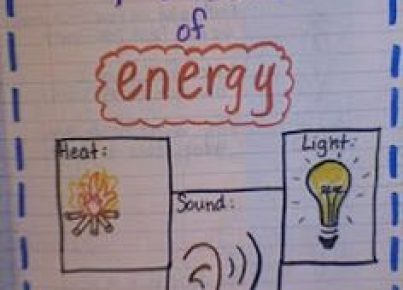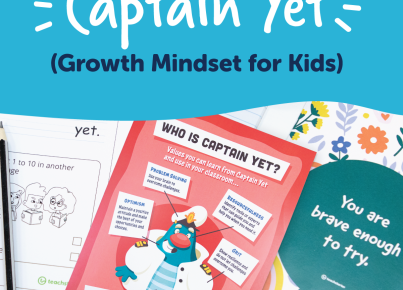Educators across the United States are continuously looking for innovative ways to enhance learning while moving away from traditional homework practices. As research emerges suggesting that excessive homework may not significantly contribute to student achievement, many schools have been experimenting with alternative approaches. These alternatives aim to encourage learning without overburdening students with hours of after-school assignments.
One popular alternative is flipped classrooms, a model where students watch lectures or educational content at home and then come to school ready to engage in discussion and apply their knowledge in hands-on activities. This method encourages active learning and ensures that classroom time is used for collaborative work, which can be more effective than completing worksheets at home.
Another approach gaining traction is project-based learning (PBL). Instead of discrete tasks assigned every day, students work on longer-term projects that integrate different subject areas and skills. These projects often tackle real-world problems, which can be more engaging for students and help them develop critical thinking and problem-solving skills.
Reading logs have been replaced by reading goals in some classrooms, where students set targets for themselves based on their interests and abilities. Teachers provide guidance but allow students autonomy over their reading choices, which promotes a love of reading and removes the check-the-box mentality of traditional reading logs.
Gamification of education has also been employed as an alternative to traditional homework. Learning platforms like Kahoot! or Quizlet use game mechanics to make learning more fun and interactive. These platforms can be accessed at home but don’t require extensive time commitments. They provide instant feedback, making them a useful tool for reinforcing concepts learned at school.
Additionally, some educators are advocating for quality over quantity, assigning fewer but more thoughtfully crafted assignments. These meaningful tasks provide depth rather than breadth, allowing students to explore subjects more thoroughly without feeling rushed or overwhelmed.
Lastly, there’s a growing trend towards “no homework” policies where students are only asked to finish classroom work at home if they did not complete it during school hours. This approach respects children’s after-school time for rest, play, and family activities while still holding them responsible for completing their classwork.
Each of these methods demonstrates an understanding that learning does not have to be confined within the walls of a classroom nor the pages of a textbook. As schools challenge the status quo of traditional homework, they open up opportunities for more effective teaching strategies that can lead to better educational outcomes for students across the country.





